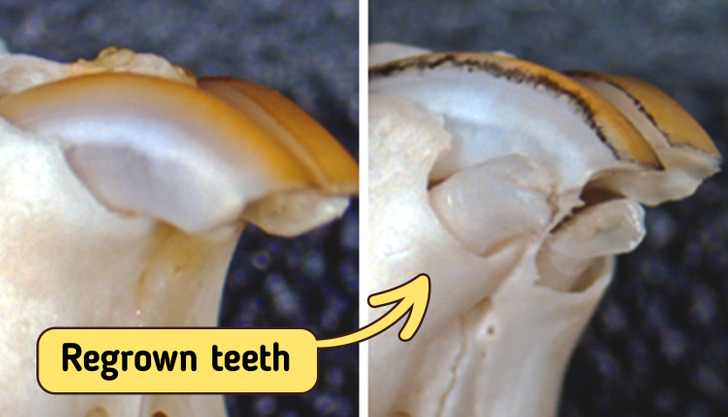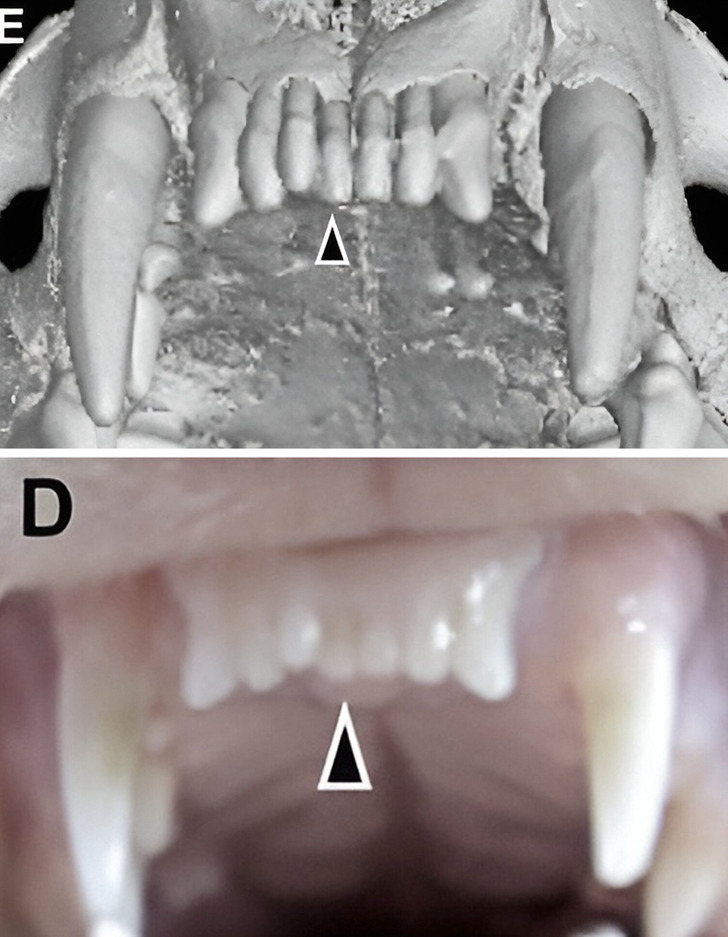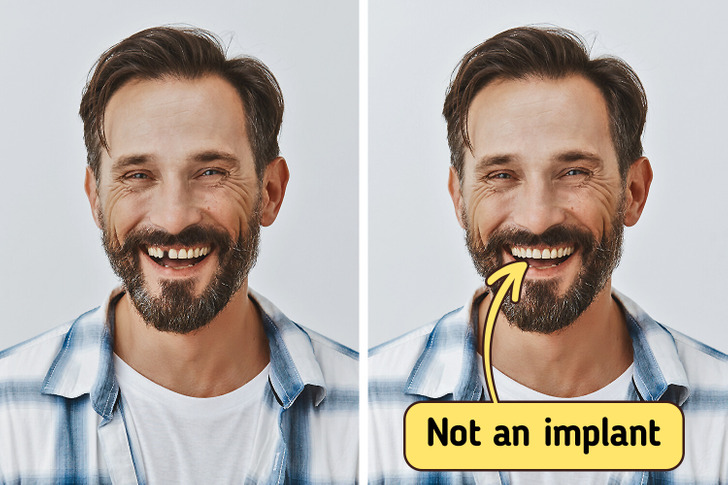The tooth fairy is a welcome guest for any child who has lost a tooth. Not only will the fairy leave a small gift under the child’s pillow, but they be assured of a replacement tooth in a few months. Unfortunately, the scenario is quite different for adults grappling with a loss of teeth. Luckily, there may be some hope thanks to a new study performed by scientists at Kyoto University and the University of Fukui.
A dental breakthrough
While the typical adult mouth houses 32 teeth, approximately 1% of the population exhibits variations of them, either possessing more or fewer teeth due to congenital conditions. Researchers have delved into the genetic factors behind cases of excessive teeth, seeking valuable insights into the potential regeneration of teeth in adults. This study is the first to show that monoclonal antibodies can help regrow teeth. It suggests a new way to treat a dental problem that currently requires implants and other artificial solutions.
A bit of science
The research team disclosed that an antibody targeting a specific gene, known as uterine sensitization-associated gene-1 (USAG-1), can induce tooth development in mice affected by tooth agenesis, a congenital condition. The findings were published in the journal, Science Advances.
As per Katsu Takahashi, a senior lecturer at the Kyoto University Graduate School of Medicine and one of the principal contributors to the study, the essential molecules crucial for the development of teeth have already been pinpointed. “The morphogenesis of individual teeth depends on the interactions of several molecules including BMP, or bone morphogenetic protein, and Wnt signaling,” says Takahashi.

On April 13, 2021, the University of Kyoto posted its first pic of newly-grown teeth in mice.
BMP and Wnt are involved in more than just tooth development; they affect the growth of organs and tissues early in the body’s development. Because drugs affecting them directly might have broad side effects, scientists are cautious. To find a potentially safer method, researchers focused on the gene USAG-1, thinking that aiming at factors countering BMP and Wnt specifically in tooth development could be more precise.
“We knew that suppressing USAG-1 benefits tooth growth. What we did not know was whether it would be enough,” added Takahashi.
The first results
Scientists looked at how different monoclonal antibodies affect USAG-1. Monoclonal antibodies are often used to treat things like cancer and arthritis and for making vaccines. Tests with this antibody showed that BMP signaling is crucial for deciding the number of teeth in mice. Also, just one treatment was enough to grow a whole tooth. Further tests confirmed these positive results in ferrets too.
“Ferrets are diphyodont animals with similar dental patterns to humans. Our next plan is to test the antibodies on other animals, such as pigs and dogs,” explained Takahashi.

Fully regrown frontal teeth in ferrets
The next steps

Now, scientists are going to test the drug on healthy adults. If that goes well, the team plans to try it on kids aged 2 to 6 with a rare tooth problem called anodontia, a genetic disorder defined as the absence of all teeth. These kids will get one shot of the drug to see if it makes their teeth grow. If everything works out, the medicine might be approved by 2030.
Takahashi sees the new medicine as an additional choice for individuals who are missing some or all of their teeth.
“The idea of growing new teeth is every dentist’s dream,” Takahashi told the Japanese newspaper, The Mainichi in June this year. “I’ve been working on this since I was a graduate student. I was confident I’d be able to make it happen.”
So hopefully, by the year 2030, humans will get a chance to have their third generation of teeth grown and say goodbye to implants. Until then, make sure to keep your teeth strong and healthy — this article will help you with that.
Preview photo credit KyotoU_News / Twitter
Why jeans have a tiny pocket inside the bigger one
Have you ever found yourself wondering what the tiny pocket-within-a-pocket is for on your jeans? You know the one I’m talking about; that small, seemingly useless space that doesn’t appear large enough to hold anything.
If you’ve ever tried to see what fits in there, you’ll know it’s far too small for a cellphone, while it’s awkward to jam cash – be it coins or notes – in there. The same goes for a ring of keys; there just isn’t room.
So what are those little pockets for? Well, fortunately for our curious readers, we have something of an answer… and it might not be at all what you were expecting.
Be they male or female models, chances are if you look at a pair of jeans, you’ll find two pockets on the front and two pockets on the back. What you might also find, however, is a strange little pocket inside one of the front pockets.
Go ahead and have a look. Almost all jeans have them, though their presence is enough to leave most of us scratching our heads.
As mentioned above, these pockets are far too small to hold anything of real significance (even getting two fingers into them is a challenge). So what purpose do they actually serve?

Interestingly, to find the origin we have to go back almost two hundred years. That little thumbnail-sized pocket isn’t a modern addition to jeans; instead, it was a practical solution for something that’s no longer a real problem today.
Behind the invention is none other than legendary jean manufacturer Levi’s.
According to UK newspaper The Independent, the first ‘extra’ pocket came into use in the 1800s. The reason? To assist the most common wearers of jeans at that point in time… cowboys.
Cowboys usually carried their pocket watches on chains or inside their waistcoats, but both of these methods put the watch at great risk of being broken during their owner’s day-to-day duties.

In order to combat this, Levi’s introduced a small pocket designed to carry a watch safely. By keeping their watches in these tiny pockets, cowboys could ride without fear of them being smashed on a ride.
How’s that for innovation?
If I’m honest, I had no idea. If you ask me, it’s incredible that the design has stuck with jeans all the way through to modern day. Cowboys might no longer be around, but their watch pockets certainly are!



Leave a Reply